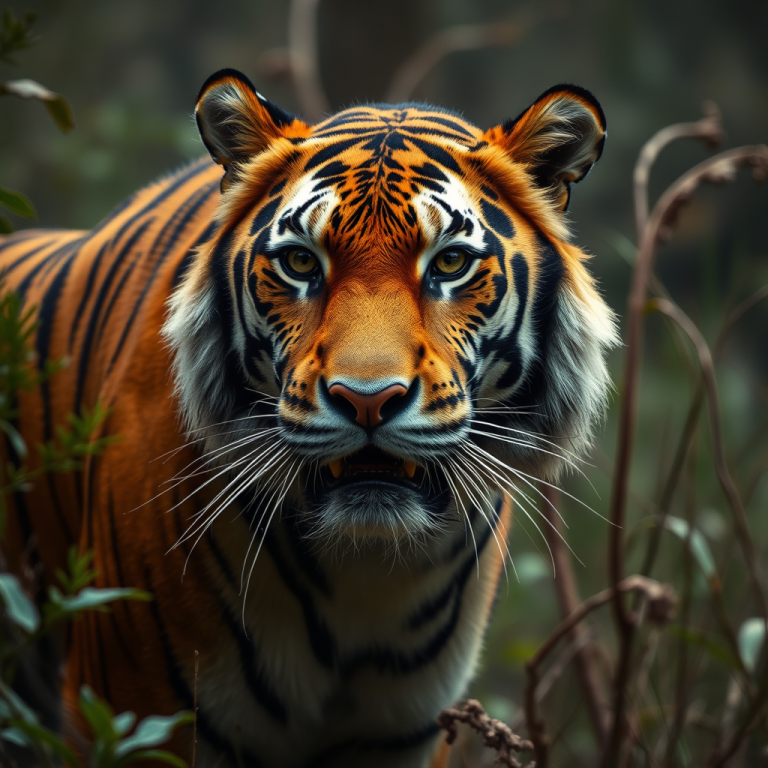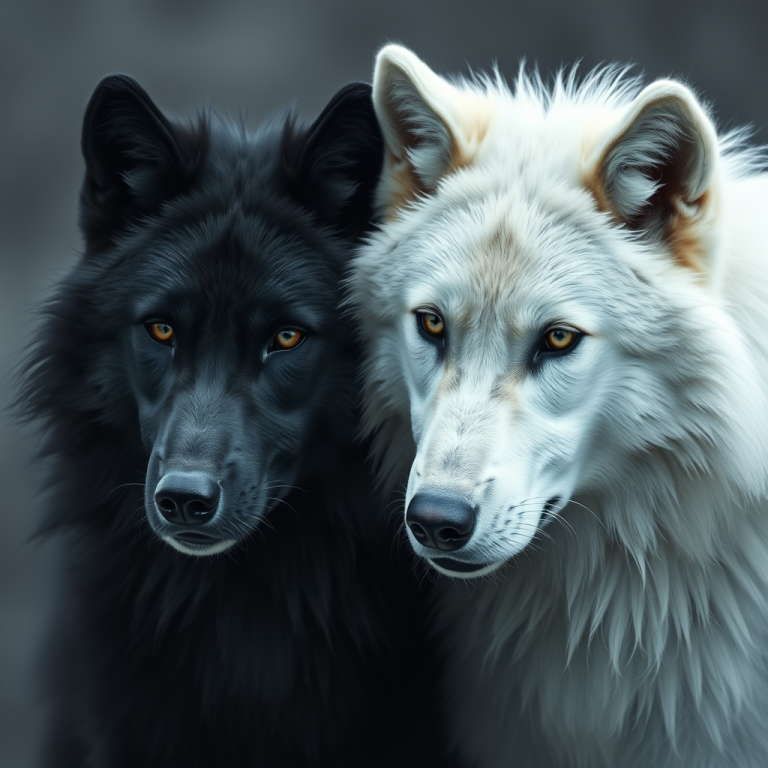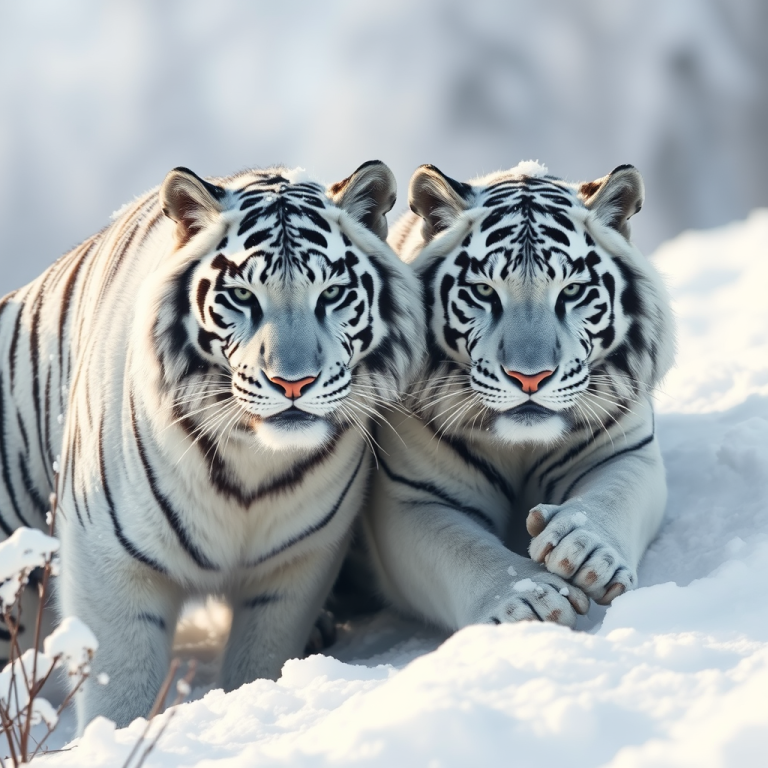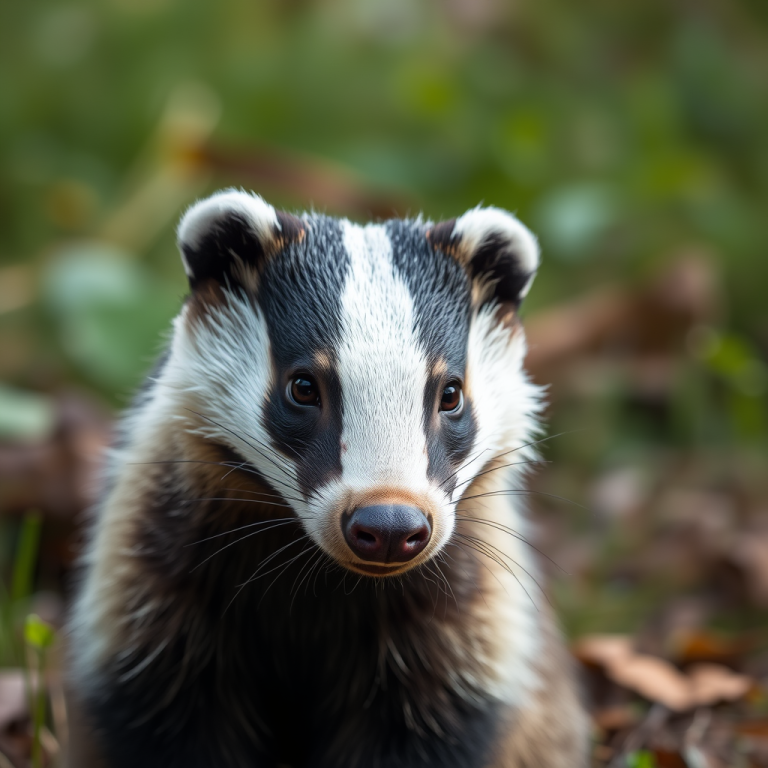Giants of the Wilderness: Exploring the World of Grizzly Bears
There’s something undeniably captivating about grizzly bears. Towering, shaggy, and incredibly powerful, these bears have long been a symbol of the untamed wild. Whether they’re roaming mountain valleys or fishing along salmon-rich rivers, grizzlies command respect. But behind their intimidating appearance lies a complex and fascinating creature worth getting to know.
What Makes a Bear a Grizzly?
Grizzly bears are a subspecies of the brown bear, officially known as Ursus arctos horribilis. The term “grizzly” comes from their grizzled fur—silver-tipped hairs that give them a frosted look. Found mostly in North America, particularly in Alaska, western Canada, and parts of the northwestern United States, these bears thrive in rugged, remote areas with plenty of food and space to roam.
Massive Yet Agile
Grizzlies are large—really large. Adult males can weigh up to 600 pounds (sometimes more) and stand over 7 feet tall when on their hind legs. Despite their bulk, they can run up to 35 miles per hour and are surprisingly agile climbers and swimmers. Their strength is no joke: one swipe from a grizzly’s paw could knock down an elk or even break the spine of a bison.
A Diverse Diet, Not Just Meat
While often portrayed as ferocious carnivores, grizzlies are actually omnivores. They’ll eat everything from berries, roots, and grasses to fish, small mammals, and even carrion. In the summer and fall, salmon runs are a vital food source, especially in coastal areas. Grizzlies spend much of their year bulking up for hibernation, consuming tens of thousands of calories a day.
Hibernation: Nature’s Power Nap
One of the most fascinating aspects of grizzly bear behavior is their hibernation. As temperatures drop, grizzlies retreat to dens—often dug into hillsides—where they spend months in a deep, restful sleep. During this time, their heart rate slows dramatically, and they survive entirely off stored fat. Even pregnant females give birth during hibernation, nursing their tiny cubs in the safety of the den until spring.
Raising the Cubs
Grizzly moms are incredibly devoted. After giving birth to one to four cubs, she’ll fiercely protect them for up to three years. Cubs learn essential survival skills by watching their mother: how to find food, avoid danger, and navigate their vast territory. Sadly, survival isn’t guaranteed, as cubs face threats from other bears, predators, and even male grizzlies.
Coexisting with Humans
Although grizzlies once roamed much of North America, their populations have declined due to habitat loss, hunting, and human conflict. Conservation efforts have helped in some areas, but tensions remain where bear territory overlaps with human development. Education, bear-proof storage, and habitat protection are key to peaceful coexistence.
Final Thoughts
Grizzly bears are more than just icons of the wild—they’re essential players in their ecosystems. They disperse seeds, dig up soil while foraging, and help regulate prey populations. As we continue to learn more about them, it’s clear that protecting grizzlies also means protecting the balance of nature itself.
If you’re curious about the wonders of wildlife, stick around—there’s a whole world to explore at Wonder of Wild.







